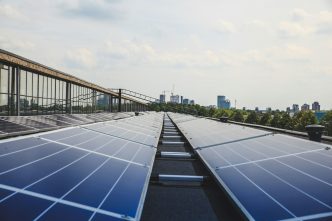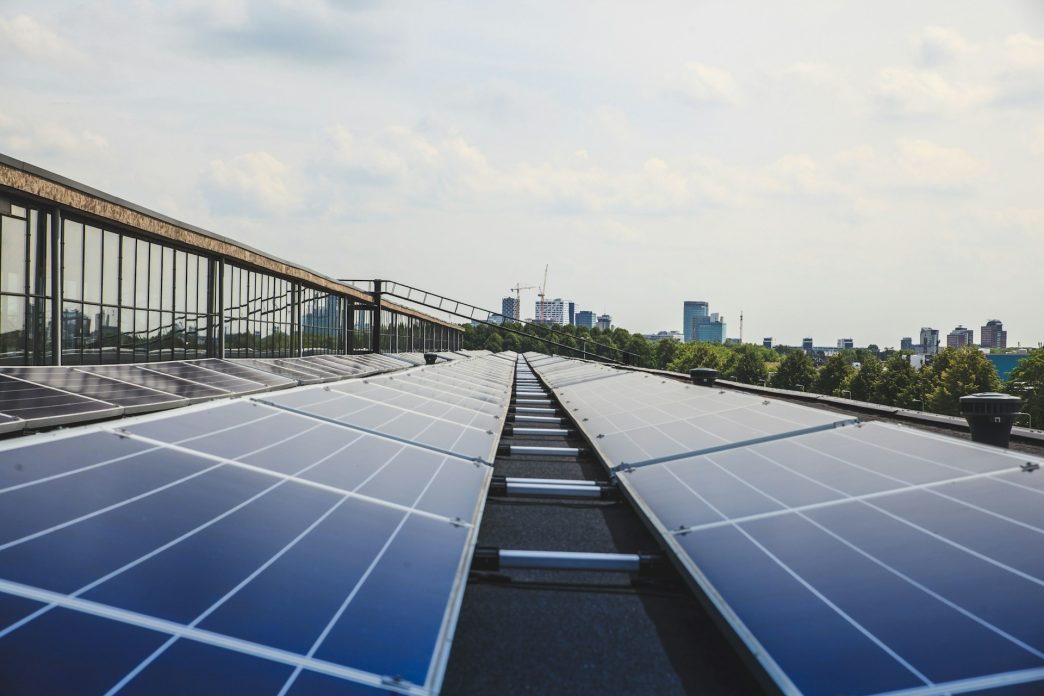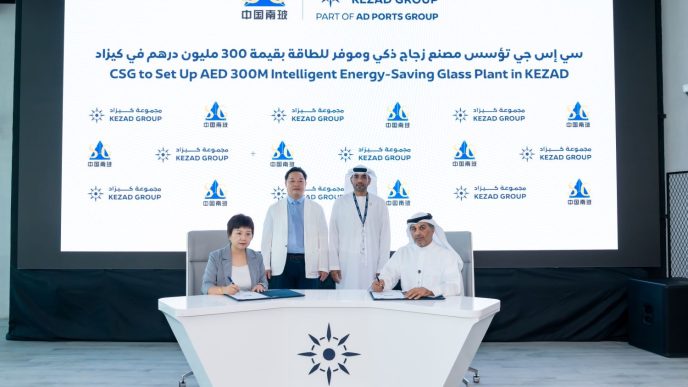2025 is shaping up to be a landmark year for commercial solar power in the UK. After years of steady growth, three powerful forces are now converging to make solar a mainstream investment for businesses: supportive government policies, declining installation costs, and the growing urgency of corporate sustainability targets.
The change is so significant that commercial solar is no longer seen as an optional “green upgrade.” It has become a financially sound and strategically essential move for companies that want to reduce energy costs, enhance resilience, and demonstrate their environmental leadership. For organisations considering the switch, there has never been a better moment to explore commercial solar panels.
Government Policies Driving Uptake
One of the biggest shifts is policy support. The UK government has recognised the vital role of on-site renewable energy in reaching net-zero targets, and this is reflected in a range of incentives.
Business rates exemptions are now available on eligible renewable energy systems, including rooftop solar and storage, until 2035. This alone removes a substantial cost barrier that previously discouraged many companies from investing. In practice, it means businesses no longer face a tax penalty for generating their own clean energy.
Alongside this, capital allowances provide attractive financial treatment for solar installations. Companies can typically use the Annual Investment Allowance (AIA), worth up to £1 million, or the 50% First-Year Allowance to deduct a large portion of their expenditure against taxable profits. These measures give finance teams confidence that solar projects will deliver not only environmental benefits but also tangible bottom-line advantages.
The Smart Export Guarantee (SEG) adds another dimension. By paying businesses for surplus electricity exported back to the grid, it provides a reliable income stream that enhances return on investment. When combined, these policies create a highly favourable environment for commercial solar investment in 2025.
Falling Costs and Smarter Installations
The economics of solar energy have also undergone a significant transformation. After the turbulence of the pandemic years, when supply chain issues pushed up costs, panel prices have dropped sharply. A global oversupply has driven down costs, while the UK market has matured, with more installers offering competitive packages.
This reduction in capital expenditure enables companies to achieve larger and more efficient systems with less investment. Many are choosing to slightly oversize their systems to maximise self-consumption during daylight hours, lowering grid dependence and bills.
Battery storage is another game-changer. Falling storage costs mean it is now affordable for businesses to store excess solar generation for use later in the day, particularly during peak tariff periods. This improves payback periods and increases energy independence.
Put simply, 2025 is the first year when the financial case for commercial solar is every bit as strong as the environmental one. Businesses can expect quicker returns on investment, reduced exposure to fluctuating energy prices, and long-term operational savings.
Sustainability Targets with Real Weight
The third force behind solar’s breakthrough is sustainability. It is no longer enough for businesses to talk about being green — they must provide evidence. Large UK companies are already required to produce climate disclosures aligned with the Task Force on Climate-Related Financial Disclosures (TCFD), ensuring climate strategies and risk management are scrutinised at the board level.
This transparency means projects like solar power installations are evident to investors and stakeholders. They provide measurable reductions in carbon emissions and can be directly linked to sustainability reports.
Additionally, new rules from the Financial Conduct Authority (FCA) have introduced stricter standards to prevent “greenwashing.” Companies must be able to substantiate their environmental claims. On-site renewable energy, such as solar power, is one of the most credible ways to demonstrate real progress.
For organisations committed to achieving net-zero or reducing Scope 2 emissions, commercial solar represents a practical, proven, and publicly demonstrable step forward.
Why 2025 Is the Right Time
The convergence of these three forces makes 2025 the year solar stops being a niche choice and becomes a mainstream corporate decision. The benefits are clear and multi-layered:
- Lower costs: Cheaper panels, tax incentives, and business rates relief combine to shorten payback times.
- Operational resilience: On-site solar reduces exposure to wholesale energy volatility and peak-time grid charges.
- Compliance and credibility: Solar supports mandatory climate reporting, strengthens corporate reputation, and safeguards against regulatory scrutiny.
Early movers in 2025 will not only secure lower energy bills but also establish themselves as leaders in the transition to a low-carbon economy. In competitive markets, that credibility can translate into stronger customer loyalty and investor confidence.













